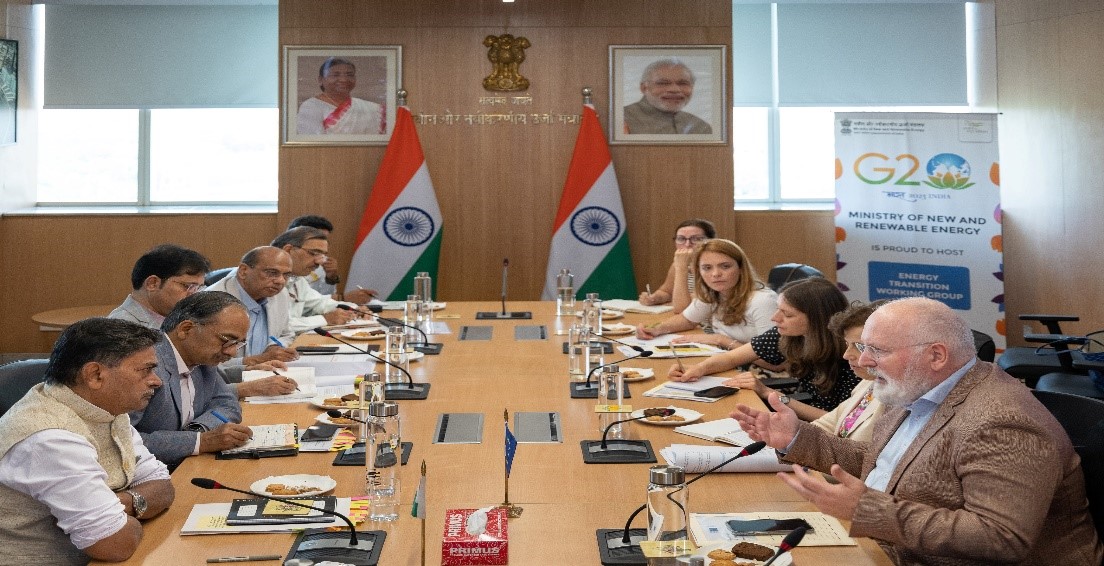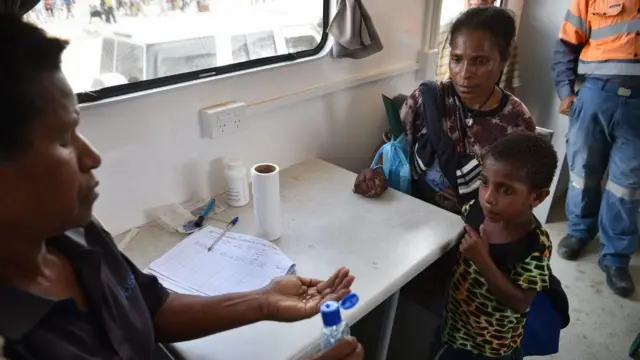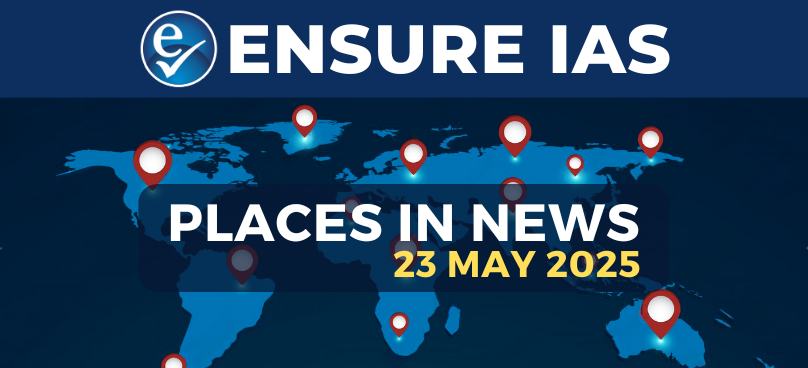- Courses
- GS Full Course 1 Year
- GS Full Course 2 Year
- GS Full Course 3 Year
- GS Full Course Till Selection
- Online Program
- GS Recorded Course
- NCERT (Recorded 500+ Hours)
- Polity Recorded Course
- Geography Recorded Course
- Economy Recorded Course
- AMAC Recorded Course
- Modern India, Post Independence & World History
- Environment Recoded Course
- Governance Recoded Course
- Science & Tech. Recoded Course
- International Relations and Internal Security Recorded Course
- Disaster Management Module Course
- Ethics Recoded Course
- Essay Recoded Course
- Current Affairs Recoded Course
- CSAT
- 5 LAYERED ARJUNA Mentorship
- Public Administration Optional
- ABOUT US
- OUR TOPPERS
- TEST SERIES
- FREE STUDY MATERIAL
- VIDEOS
- CONTACT US
EU – INDIA CLEAN ENERGY
EU – INDIA CLEAN ENERGY


Latest Context
The EU-India Clean Energy and Climate Partnership was discussed at a meeting between the Minister of Power and New and Renewable Energy from the Government of India and the Executive Vice President of the European Green Deal from the European Union.
European Green Deal
- The European Green Deal aims to make the EU into a modern, resource-efficient, and competitive economy, ensuring:
- No net emissions of greenhouse gases by 2050.
- Economic development and resource usage are no longer linked.
- There are no people or places left behind.
- The European Green Deal will be funded with a third of the €1.8 trillion investments from the EU's seven-year budget and the Next Generation EU Recovery Plan.
Highlights of the Meeting
Cooperation under the EU-India Clean Energy and Climate Partnership:
- The meeting's main topic was cooperation in the fields of energy storage, energy efficiency, renewable energy, green hydrogen, and energy supply chain diversification on a worldwide scale.
Renewable Energy Capacity Expansion:
- India emphasised its initiatives to increase renewable energy production, which included setting up factories for cutting-edge solar cells and panels.
- The ability to manufacture the most cutting-edge solar cells and panels is growing, and by 2030, 80 GW will be available.
Energy Storage and Round-the-Clock Renewables:
- India wants to offer bids for additional storage capacity and has already started a proposal for Production Linked Incentive (PLI) for energy storage because it recognises the necessity for energy storage to enable 24-hour renewable energy supply.
- India highlighted its pilot project for continuous renewable energy that uses hydrogen and ammonia as storage, along with other cooperative pilots with the EU in fields like Green Steel and other cutting-edge technology.
Green Hydrogen and Free Trade:
- India warned against protectionism and emphasised the significance of free and open commerce for the transition to green hydrogen.
- mentioned India's intention to boost its capacity for producing electrolysers as well as impending PLI bids in that regard.
Global Energy Efficiency Targets:
- The Executive Vice President of the European Green Deal praised India for its innovation in energy efficiency and renewable sources.
- Both parties highlighted the need to establish global energy efficiency objectives and bring the energy efficiency agenda to the fore.
Grid-Scale Battery Storage Systems and Green Mobility:
- Battery collaboration prospects, notably for green mobility and grid-scale storage, were investigated. By 2030, the majority of two-wheelers, three-wheelers, and a sizeable number of four-wheelers are anticipated to be green, with India aiming to have a sizable market share in the green mobility sector.
Detoxifying Agriculture and Energy Access:
- India wants to shift away from using chemical fertilisers in agriculture, according to the power minister. The topic of global population access to electricity, particularly in Africa, was explored.
- A cooperation between the EU, ISA, Africa, and India was recommended to address this issue. The International Solar Alliance (ISA) was emphasised for its work providing sustainable energy to areas without access.
Facts about EU-India Clean Energy and Climate Partnership
- The EU-India Summit in 2016 resulted in the agreement of the India-EU Clean Energy and Climate Partnership.
- It is funded by the EU Partnership Instrument and administered by the EU Delegation in India.
- This project is being implemented in collaboration with PricewaterhouseCoopers Private Limited (PwC India), NIRAS A/S, EUROCHAMBRES, and the Council on Energy, Environment, and Water (CEEW).
Objective:
- By stepping up collaborative initiatives for the deployment of climate-friendly energy sources, such as solar and wind energy, it seeks to improve cooperation on clean energy and the execution of the Paris Agreement.
- Focusing on Energy Efficiency (EE), Renewable Energy (RE), and Climate Change (CC) is expected to help reach the goal.
Focus Areas:
Energy Efficiency:
- Energy Conservation Building Code (ECBC)
- Nearly Zero Energy Building (nZEB)
- Smart Readiness Indicator (SRI)
Renewable Energy:
- Large Scale Solar PV
- Solar PV Rooftop
- Offshore Wind
- Energy Storage
- Green Hydrogen
Climate Change:
- Adaptation
- Mitigation
- Cooling (including Cold-Chain)
- Knowledge Management
Others:
- Smart Grid
- Sustainable Finance

Q.1 Consider the following statements: (2023)
Statements-I: Recently, the United States of America (USA) and the European Union (EU) have launched the ‘Trade and Technology Council’.
Statement-II: The USA and the EU claim that through this they are trying to bring technological progress and physical productivity under their control.
Which one of the following is correct in respect of the above statements?
(a) Both Statement-I and Statement-II are correct and Statement-II is the correct explanation for Statement-I
(b) Both Statement-I and Statement-II are correct and Statement-II is not the correct explanation for Statement-I
(c) Statement-I is correct but Statement-II is incorrect
(d) Statement-I is incorrect but Statement-II is correct
Ans: (c)
Q.2 Consider the following statements: (2023)
The ‘Stability and Growth Pact’ of the European Union is a treaty that
1. limits the levels of the budgetary deficit of the countries of the European Union
2. makes the countries of the European Union to share their infrastructure facilities
3. enables the countries of the European Union to share their technologies
How many of the above statements are correct?
(a) Only one
(b) Only two
(c) All three
(d) None
Ans: (a)
Official Secrets Act, 1923; and Section 152 of Bharatiya Nyaya Sanhita(BNS)


